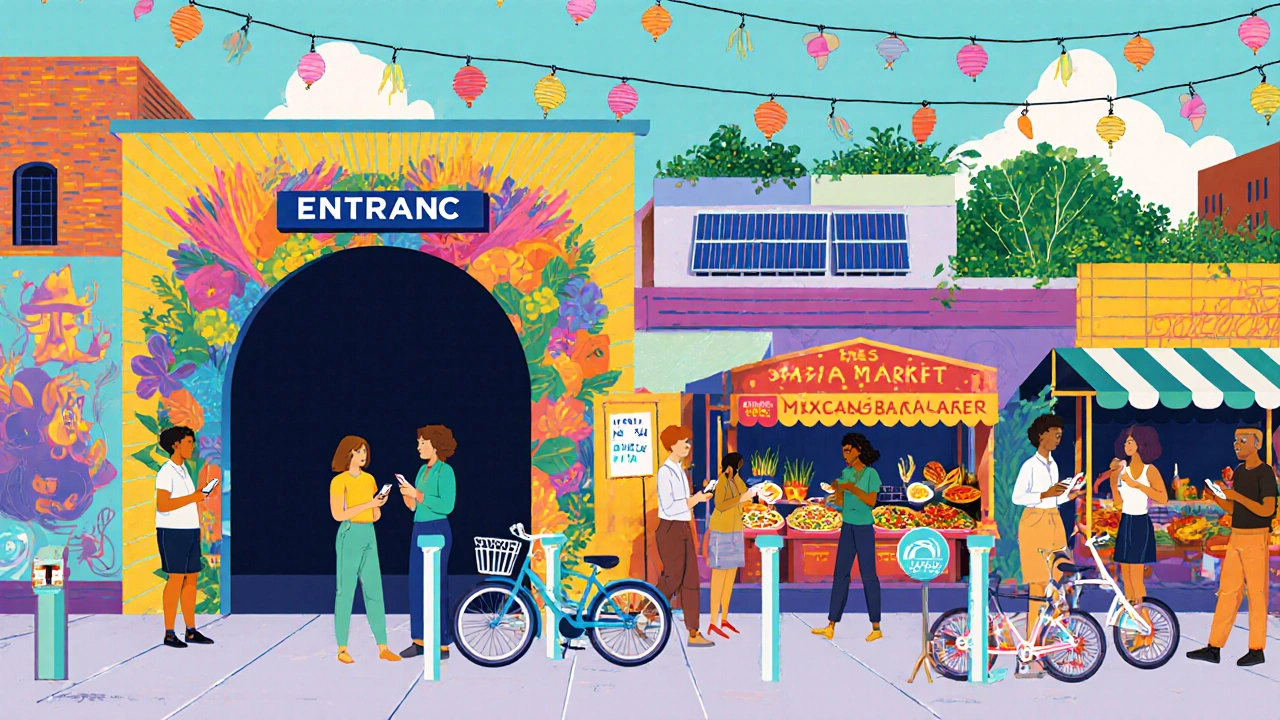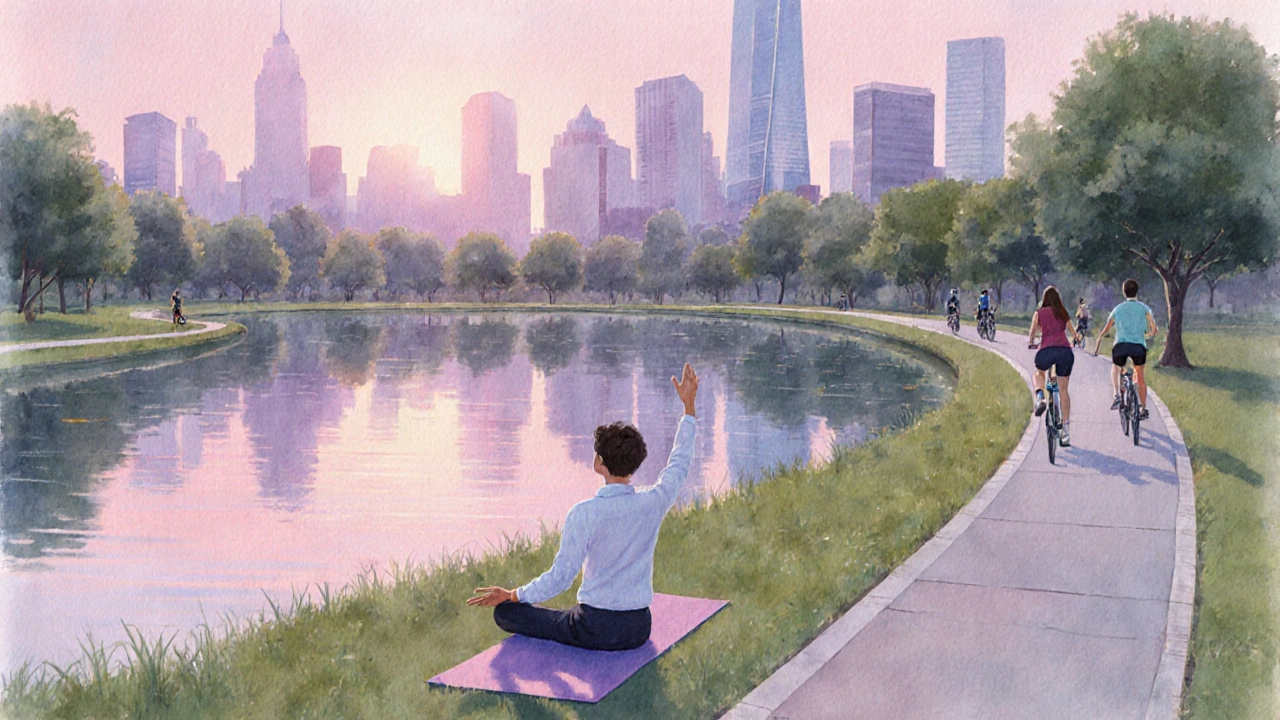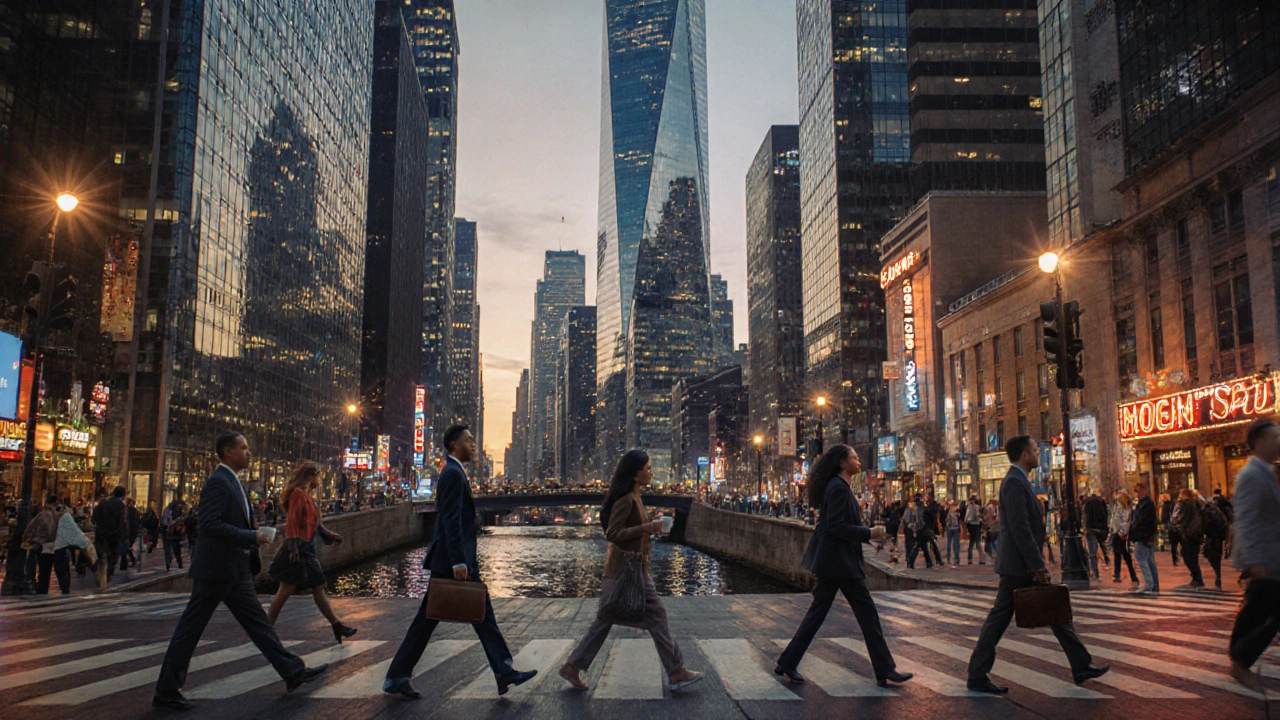City Housing Affordability Calculator
Enter your income and neighborhood to see housing affordability results.
When you think about big city life is a dynamic urban lifestyle that offers nonstop activity, cultural diversity, and career opportunities, the image of towering skylines and bustling streets usually pops up. big city life promises excitement, but it also comes with its own set of hurdles that many newcomers need to navigate.
What Pulls People Toward the City?
At its core, the allure of urban living is the promise of greater economic mobility, richer social experiences, and a constant stream of new ideas. Young professionals hear stories of rapid career climbs, artists talk about thriving creative scenes, and families see schools with specialized programs that simply aren’t available in smaller towns.
Career Opportunities and Professional Growth
One of the strongest magnets is career opportunities that big cities host. From multinational headquarters and tech start‑ups to niche consultancies, the sheer volume of job listings far outweighs what you’d find in a suburb. According to a 2024 labor report, cities with populations over one million accounted for 60% of all new tech hires in the United States.
Transportation: Getting Around Without a Car
Unlike many small towns where a car is essential, public transportation provides a reliable web of buses, subways, and bike‑share programs. In cities like New York, a single $2.90 subway ride can take you from downtown to uptown in under 30 minutes, saving both time and parking costs. A 2023 study showed commuters who switch to transit reduce their carbon footprint by an average of 1.5 metric tons per year.
Cultural Diversity and Social Scene
Cultural diversity becomes a daily reality in the city. Walking through neighborhoods like Queens or the Mission District, you’ll hear dozens of languages, taste cuisine from five continents, and attend festivals that celebrate everything from Diwali to Caribbean Carnival. This melting pot not only broadens perspectives but also creates networking niches that can be career‑boosting.

Housing Options-and the Price Tag
Where you sleep is where most people feel the pinch. housing options range from historic walk‑ups to modern high‑rise condos, yet the median rent for a one‑bedroom apartment in Manhattan hit $3,800 in 2024. To make it work, many residents turn to roommate arrangements, micro‑apartments, or even co‑living communities that bundle utilities and amenities into one price.
Health Impacts: The Sweet and Sour Side of City Life
Living in a bustling environment can be both energizing and stressful. Research from the American Journal of Public Health links high population density to increased exposure to air pollutants, but it also notes that city dwellers tend to walk more-averaging 4,000 steps per day versus 2,800 in rural areas. The key is balancing the noise and pace with intentional self‑care.
Sustainability: Going Green in the Urban Jungle
Sustainability initiatives are quickly becoming a cornerstone of modern cities. Rooftop farms, bike lanes, and electric‑bus fleets are reshaping how residents interact with the environment. In Copenhagen, 62% of commuters travel by bike, a model many U.S. cities are trying to emulate.
Tips to Thrive in the City
Below is a quick‑start checklist that helps newcomers turn the city’s chaos into opportunity:
- Map out the nearest public transportation hubs and download real‑time apps.
- Set a realistic budget: allocate 30% of income to housing, 15% to transportation, and keep an emergency fund for unexpected rent hikes.
- Join community groups-whether a local book club, a language exchange, or a coworking space-to build a social network.
- Explore green spaces weekly; parks like Central Park or the High Line offer a mental reset.
- Take advantage of city‑wide cultural passes that grant discounted entry to museums, theaters, and concerts.

Balancing Hustle with Well‑Being
Even the most ambitious professional needs downtime. Incorporate mindfulness practices like morning meditation in a quiet café or a sunset jog along the river. Many cities now offer free yoga classes in public plazas-an easy way to stay fit without a pricey gym membership.
The Future of Big City Living
Tech is reshaping how we experience urban spaces. From smart‑grid energy systems to autonomous ride‑sharing, the next decade promises less traffic, lower emissions, and more flexible work arrangements. Remote work, which surged during the pandemic, allows professionals to keep their city perks while spending fewer days in a traditional office.
| Aspect | Big City Life | Small Town Life |
|---|---|---|
| Job Market | Broad, high‑pay, diverse sectors | Limited, often industry‑specific |
| Transportation | Extensive public transit, bike‑share | Car‑dependent, limited public options |
| Cost of Living | High rent, higher taxes | Lower housing costs, fewer taxes |
| Cultural Activities | Daily events, museums, theaters | Seasonal, fewer venues |
| Social Network | Large, diverse, but can feel anonymous | Close‑knit, familiar faces |
| Environmental Impact | Higher per‑capita emissions, but better transit reduces car use | Lower emissions, more green space per resident |
Next Steps for Aspiring City Dwellers
If you’re ready to make the move, start by visiting the city for a weekend stay. Test the commute, explore neighborhoods, and talk to locals about rent expectations. Use the checklist above to fine‑tune your budget and social plan. Remember, the city rewards curiosity-keep asking questions, trying new spots, and you’ll find a rhythm that feels both exciting and sustainable.
Frequently Asked Questions
What are the biggest benefits of living in a big city?
The main advantages include a vibrant job market, diverse cultural experiences, extensive public transportation, and a wide array of social and entertainment options.
How can I afford housing in a major city?
Consider sharing an apartment, looking for micro‑units, or joining co‑living communities that bundle utilities. Setting a strict budget-ideally no more than 30% of gross income-helps keep rent manageable.
Is public transportation reliable enough for daily commuting?
In most large U.S. cities, transit agencies have improved frequency and real‑time tracking apps. While occasional delays occur, many commuters find the cost and time savings outweigh driving.
How do I avoid burnout from the nonstop city pace?
Schedule regular breaks, use green spaces for relaxation, and set boundaries on after‑work communication. Mindfulness practices and weekend getaways to nearby nature spots are also effective.
Are there eco‑friendly ways to live in the city?
Yes-choose buildings with LEED certification, use bike‑share or electric scooters, support local farmers' markets, and reduce waste with reusable containers. Many cities also offer incentives for green rooftop gardens.


Write a comment